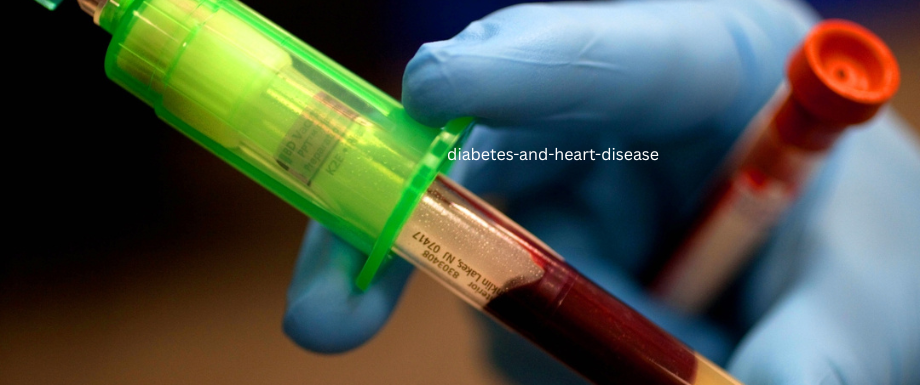 What do most people do when they look at a diagnostic report? They skip the part with the numbers, and directly look for the inference. You must have done the same! However, when you use a blood glucose monitor at home, how would you interpret the numbers?
What do most people do when they look at a diagnostic report? They skip the part with the numbers, and directly look for the inference. You must have done the same! However, when you use a blood glucose monitor at home, how would you interpret the numbers?
For many diabetics, there is a need for constant self-monitoring of blood glucose levels and so they have glucose meters with them. They take the readings (maybe record them in a diary), and just know that the level is normal or abnormal. However, it does not take a diabetes educator to know more!
Here are a list of diagnostic tests to measure blood glucose levels and what the numbers mean.
Glycated Hemoglobin Test (HbA1c):
This is a diagnostic test done to ascertain the average glucose levels in the blood for the past few months. This test identifies the average plasma glucose concentration. A higher HbA1c level is an indicator of a higher risk of developing diabetes-related complications.
The target level of HbA1c for a diabetic patient depends upon the individual, his/her age and other factors, but the general target is 6.5% or 48 mmol/mol.
Normal Person: A normal individual has, on an average, 6% HbA1c level.
Prediabetic: Levels ranging from 6% to 6.4%
Diabetic: Has a HbA1c level ranging from 6.5% and above.
Since the HbA1c is an indicator of a long term blood glucose control, achieving an individual’s target level is a very important parameter of good glycemic control.
Random Blood Glucose Test:
This is yet another important test done for both diabetics and nondiabetics to ascertain blood glucose levels. Random blood glucose test can be done at home with a blood glucose monitor or in a laboratory.
This test helps identify the risk of hyperglycemia and glucose tolerance.
Normal person:Random blood glucose levels less than 140 mg/dL.
Prediabetic: 140 mg/dL to 199 mg/dL.
Diabetic: 200 mg/dL and above.
Fasting Blood Glucose Test:
A fasting blood glucose test is done for patients after they have fasted for eight hours (without taking any solids or liquids). This test is followed by a postprandial which is done two hours later. This test allows the measurement of blood glucose and is done to diagnose prediabetes and diabetes.
Normal person: 70 mg/dL to 100 mg/dL.
Prediabetic: 101 mg/dL to 126 mg/dL.
Diabetic: Above 126 mg/dL.
Oral Glucose Tolerance Test:
This test is done to diagnose gestational diabetes and type 2 diabetes. This test involves taking blood samples twice. Once before, and once two hours after taking the glucose syrup.
Prediabetic: Before: 100 mg/dL to 125 mg/dL. After: 140 mg/dL to 199 mg/dL.
Diabetic: Before: 126 mg/dL and above. After: 200 mg/dL and above.
Gestational diabetic: Before: 92 mg/dL. After: Above 153 mg/dL.
The results of diagnostic tests depend upon the calibration of the diagnostic tool (glucose meter, blood sugar monitor). Also, the normal ranges for diabetics, prediabetics, and normal individuals vary with the ethnicity, age, and other factors.
It is always better for patients to keep in touch with a diabetes educator in order to make complete sense of the test results.
